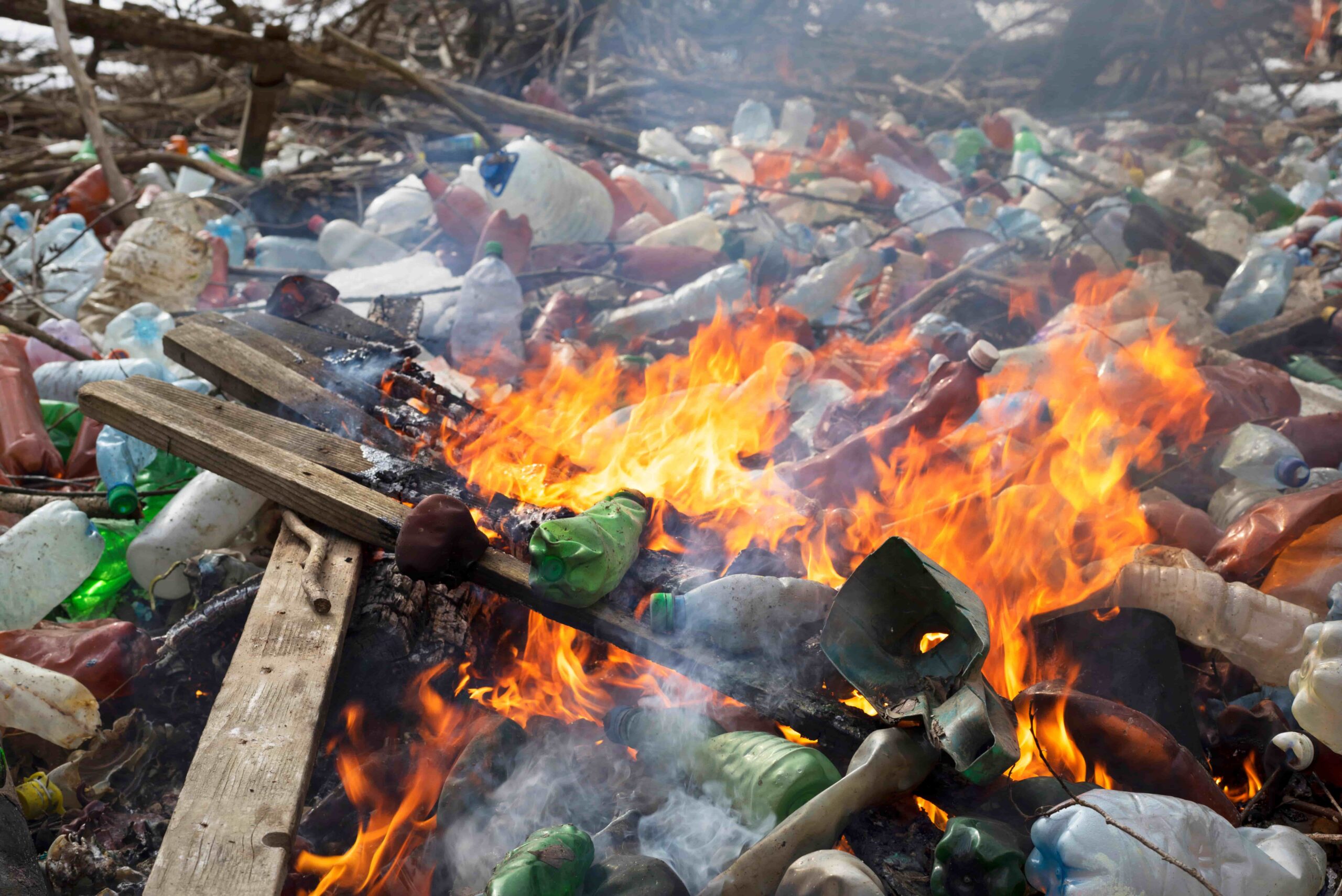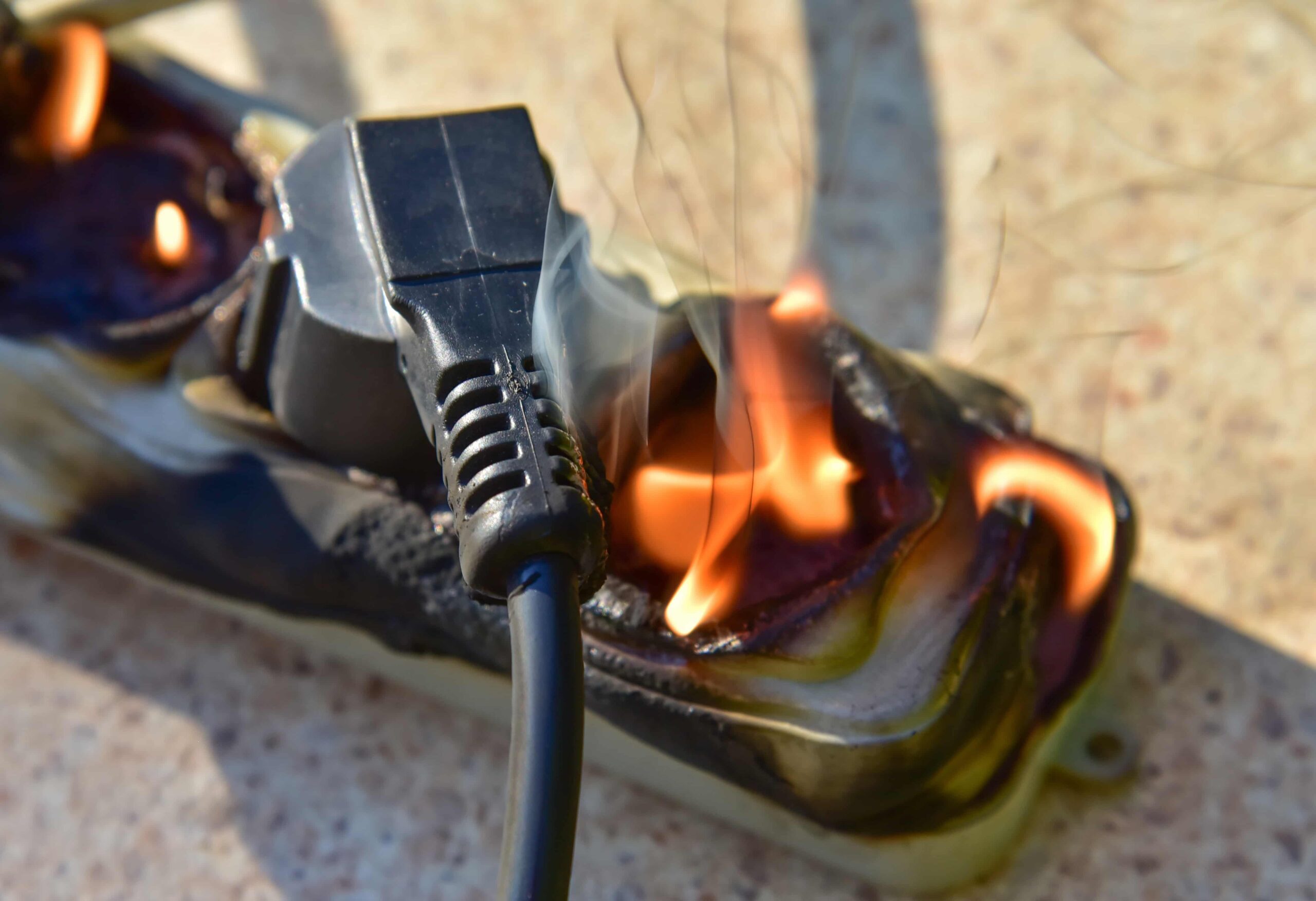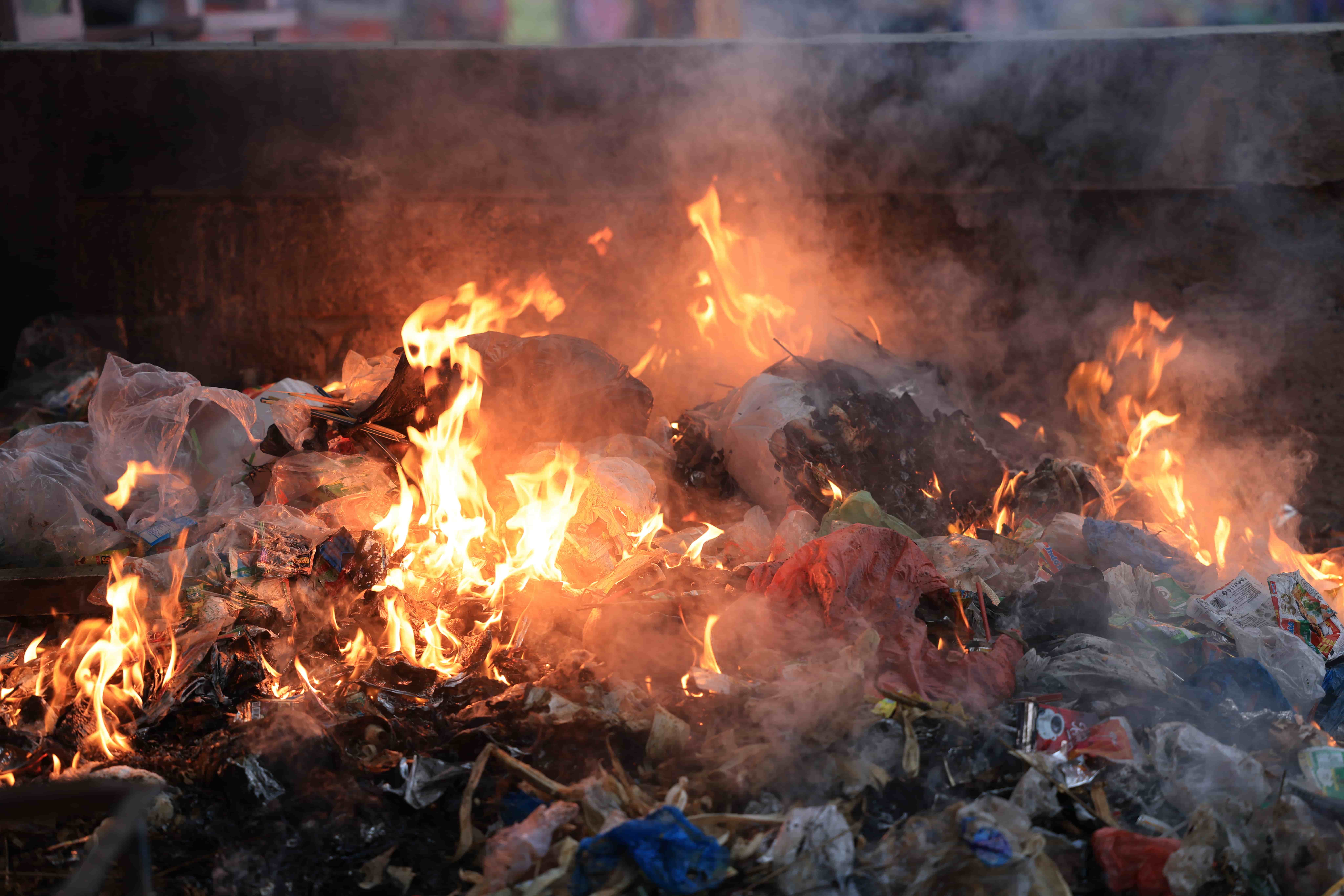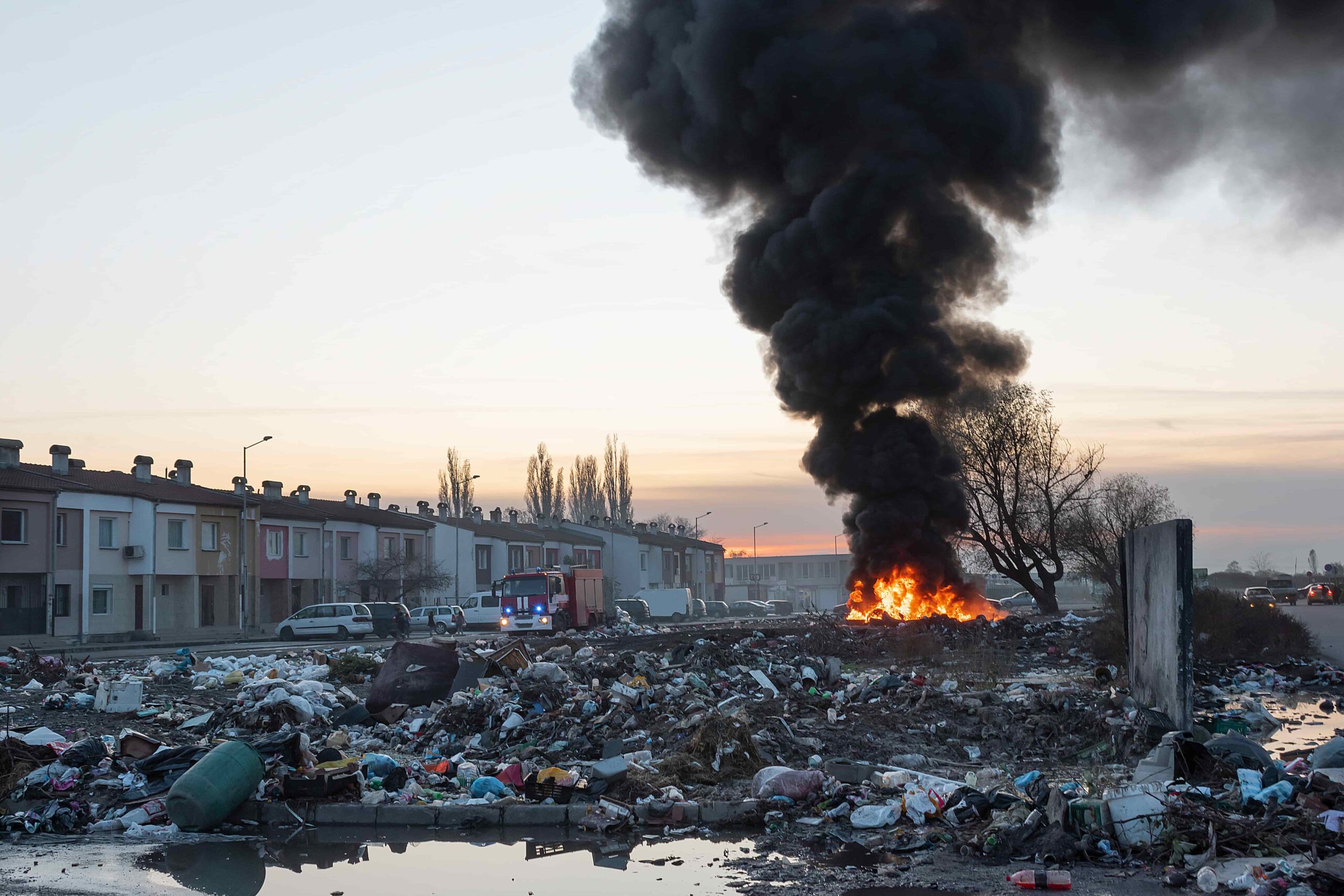Fire risks of plastics
Relatively cheap and widely available, plastic has quickly become one of the most common building materials, with many contractors now opting for plastic products over more traditional materials when fitting out new homes and other types of buildings.
The cheaper cost of plastics has led many to overlook their questionable fire safety credentials, which have been downplayed by plastic manufacturers for decades. However, a mounting body of evidence is now shedding light on role that plastics play in spreading fires as well as toxic fumes.
Is plastic flammable?
Most plastics are flammable and will burn when exposed to an open flame, releasing flammable gases that can fuel the fire even further. Plastics primarily made up of carbon and hydrogen – which includes most plastics used in construction – are known for burning very well.
The fire resistance of a particular plastic varies based on its composition and the type of flame that it’s subjected to. Polyvinyl chloride (PVC), used widely in pipes, cables, roofing and flooring, is less flammable than most other plastics but will still ignite in the event of a fire.
Other plastics like polyethylene (PE) and polypropylene (PP) will melt at temperatures of 130–160°C and catch fire at temperatures of 400°C or less. Due to the relatively low melting points of these materials, virtually all plastics must be specially treated with flame retardants before use.


Fuel to the fire
All plastics have a lower ignition point than the temperature of the average building fire. As a result, plastics will catch fire when exposed to high heat. Flames from burning plastic also have a propensity to spread quickly, rising as high as two feet per second or ten times that of wood on the surface.
If plastic doesn’t catch fire, it’s likely to melt. Common plastic building materials like PVC, PP and PE will melt under low-medium heat and form into a dangerous liquid. The melting plastic can then drip onto other combustible materials, causing the fire to spread in unpredictable ways.
With plastic pipes and cables running through walls and floors in most modern buildings, the risks of a fire spreading quickly are high. Firestop sealants and flame retardants are both used to prevent this from happening, however the reality is that these are not always effective in fire prevention.
The Plastic Pipe Institute notes that firestop sealants attached to plastic pipes “may contain chemical additives that can cause damage to plastic pipes.” This means that if a material not compatible with the plastic pipe is used, a chemical interaction could cause it to fail prematurely.
Learn more about the challenges of firestopping plastic pipes
With flame retardants, research suggests that they may delay ignition for only a few seconds. The San Antonio statement, signed in 2010 by signatories from 30 countries, concluded that the overall benefit of brominated and chlorinated flame retardants in improving fire safety has not been proven.
Another major concern with flame retardants is that they contain chemicals which pose a threat to human health. Brominated flame retardants, the class of flame retardants most commonly used with plastics, have been linked to endocrine disruption and thyroid dysfunction.
Should the fire-retarding properties of a plastic material fail, it will go up in flames and quickly spread the fire to other parts of the building, ultimately reducing the amount of time that firefighters have to extinguish the blaze and limit any damage caused by the fire.
Paul Hagar, Executive Director of Safe Piping Matters, explores in greater detail the fire safety risks of plastic pipes compared to copper pipes in the seminar below.
Fumes from burning plastic
As well as adding fuel to the fire, plastic building materials have been found to release dangerous chemicals when exposed to high temperatures. These chemicals include sulphur dioxide, hydrogen chloride acid and volatile organic materials as well as furans, dioxins and heavy metals.
The harmful toxins released into the air by burning plastic have been linked to a vast number of cardiovascular and respiratory diseases, as well as certain cancers and birth defects. New research into the effects of toxic plastic fumes is prompting the construction industry to re-evaluate its long-standing reliance on plastics.
Nearly six years on from the Grenfell Tower fire of 2017, it was revealed that up to a dozen firefighters involved in tackling the blaze had been diagnosed with terminal cancer. Plastic insulation on the outside of the tower had caught fire, releasing dangerous levels of toxic smoke into the air.
A recent study published in Scientific Reports further elucidates the dangers of burning plastic faced by firefighters. The study, which surveyed over 10,000 serving firefighters in the UK, found that over 4% had received a cancer diagnosis, with the age-specific cancer rate up to 323% higher than that of the general population.


In the US, a study into the source of water contamination following wildfires in California found that thermally degraded plastic pipes had leached dozens of dangerous chemicals, including the carcinogen benzene, into the water supply.
Elsewhere, research published in MDPI indicates that PVC pipes, which are among the most common types of water pipes globally, release more than a dozen harmful chemicals, including benzene, carbon monoxide and hydrogen chloride, when exposed to fire.
The body of research into the dangers of plastic fumes continues to grow, and the available data is already damning: plastic building materials carry a real threat of severe health issues and even terminal illness when exposed to the temperature of a typical fire.
Frequently asked questions
Why is burning plastic dangerous?
Burning plastic poses an immediate threat in that plastic flames can encourage fires to spread. In addition, burning plastic releases dangerous chemicals into the air, some of which have been linked to cancer and certain birth defects as well as cardiovascular and respiratory diseases.
Is burning plastic toxic?
The toxic chemicals released by burning plastic include sulphur dioxide, nitrous dioxide, carbon monoxide and hydrogen chloride, as well as various dioxins, furans and volatile organic compounds. These chemicals have been linked to a wide range of diseases.
Can burning plastic cause cancer?
A growing body of research suggests certain plastics release carcinogenic chemicals, which significantly increase the chances of cancer, when burned. Among the most dangerous carcinogens emitted by burning plastic are harmful gases like dioxins, furans and mercury.
